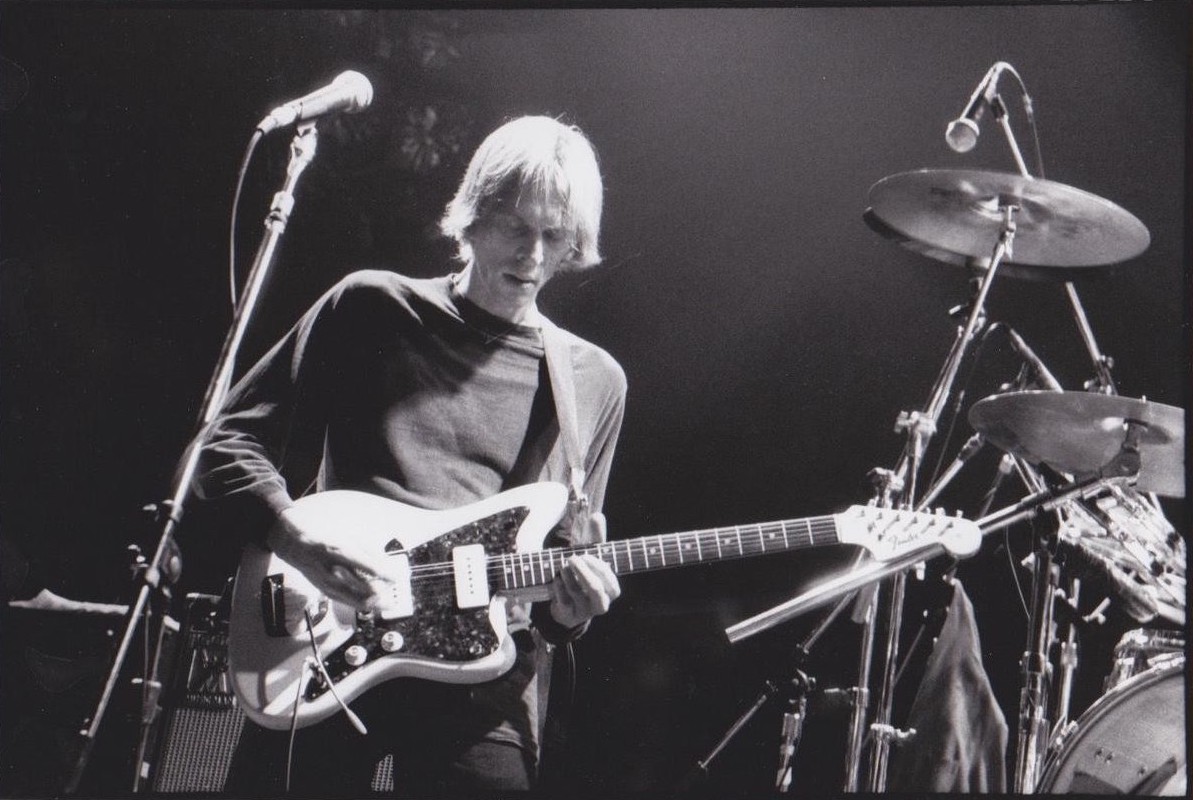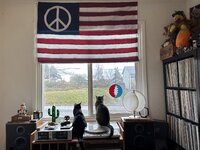Someone dug up this interview on the Marquee Moon recording.
From Alan Licht’s Common Tones: Selected Interviews with Artists and Musicians 1995–2020 (2021).

www.blankforms.org
Pushed me to order it now.
I am jelly on cool music stories I guess
*****************************
AL: You produced all your own records, right?
TV: Yeah—I mean, in the early days, on
Marquee Moon, I didn’t even know what a producer did. I started listening to records and I didn’t know what an engineer did as opposed to this or that, and Fred Smith again played me some Rolling Stones and Led Zeppelin—there was this key pile of records that all seemed to be done by Andy Johns. I thought, “Well, we don’t sound like any of these people, but I guess these are good-sounding records” [
laughs], “so let’s get that guy.” We somehow found him in his apartment, he was living in LA, and he was a real riot—“How the hell did you find
me? What do you want
me to do?” [
Laughs.] He said, “Well, OK, I’m not doing anything around Christmas—I’ll come to New York.” He had no clue what we were doing. He also had an enormous appetite for alcohol; the first night it was two large bottles of wine and a case of beer. He came in with this under his arm, a shopping bag with wine and a huge case of beer [
laughs]. We were playing within two hours—he was really fast. And he would pull me out in the hall: “What kind of music is this? Is this a Velvet Underground trip? What is this, is this New York subway music?” So that went on for about ten days, and then he said, “Well, I guess you don’t really need me, I’m going back to LA tomorrow.” So we did the overdubs with the tape-op guy, who was actually a decent engineer, and then we had to beg him to come back to mix it. He came back right around New Year’s to mix it, and suddenly, I guess, he heard what we were doing or he had an ear for it, and he said, “Ah, I see what this is, I see what this is.” He became really enthusiastic in mixing it. It turned out well. It was probably one of the five oldest studios still working in New York at the time. It had a board with tubes, with the valves, which gave it a kind of sound. And there was no equalization on the board, and there were no compressors, so it was this very basic kind of thing, which he was really mad about when he saw it—he thought, “What are you working on here, a World War II recording desk?” [
Laughs.] “This is crazy.” It was at A & R, a room that Phil Ramone had built for himself, so they didn’t rent it out much. I think Dionne Warwick records were made there. It wasn’t a giant, spacious place but it did have a nice sound. The reason I liked it was that it looked like our rehearsal loft—it was a bit sloppy and not gigantic, but easy to work in

